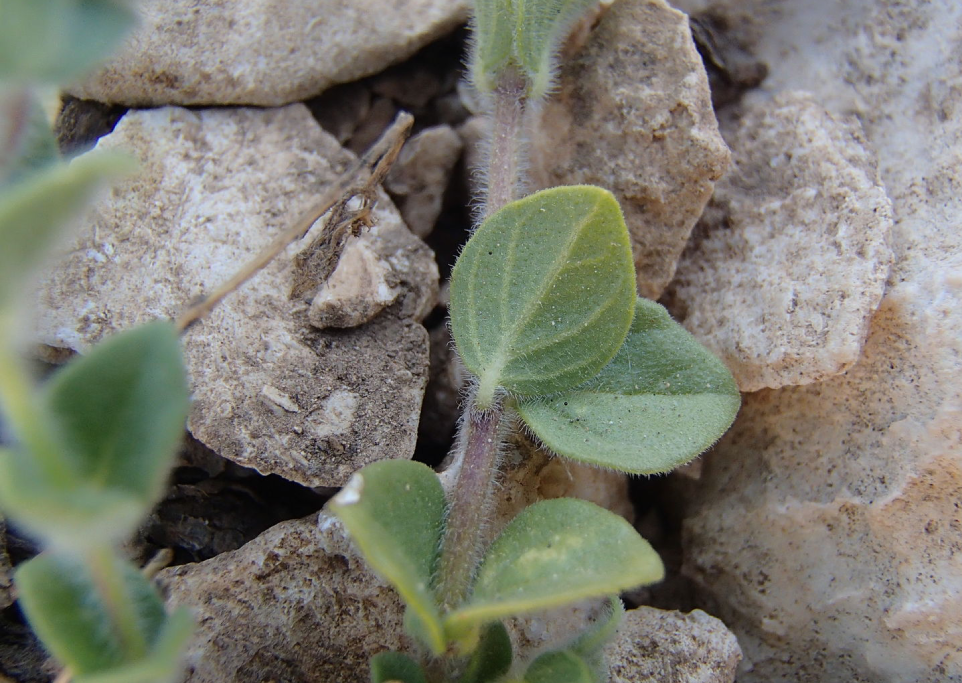A Hidden Herb with Mediterranean Magic
Tucked between rocky slopes and sun-drenched hillsides, Calamintha origanifolia—commonly called Lebanese calamint—is a aromatic wild herb that perfumes the air with its minty-oregano fragrance. This resilient little plant, with its delicate white or pale pink flowers, thrives in Lebanon’s mountainous regions, offering both ecological value and a whisper of traditional herbal lore.
Why This Plant Matters
Native & Endemic: Found in Lebanon and parts of the Eastern Mediterranean, often in the Shouf Mountains, Tannourine, and Horsh Ehden.
Pollinator Magnet: Bees and butterflies adore its nectar-rich blooms (summer to early autumn).
Culinary & Medicinal Heritage: Historically used in teas for digestion, or as a seasoning (similar to oregano).
Where to Find It
Rocky Slopes & Limestone Cracks: Look for it in well-drained, sunny spots (1,000–1,800m altitude).
- Hiking Trails:
. Al-Shouf Cedar Reserve’s edges
. Qadisha Valley’s sunlit cliffs
. Near Baskinta’s terraced hills

Threats & Conservation Status
- Habitat Loss: Urbanization and unsustainable harvesting threaten wild populations.
- Not Yet Endangered: But local conservationists urge protection (e.g., **Shouf Biosphere Reserve** monitors its decline).
How to Protect It
- Ethical Foraging: If wild-harvesting leaves, take sparingly and never uproot.
- Support Reforestation: NGOs like Jouzour Loubnan include native herbs in habitat restoration.
A Scent of Lebanon’s Wild Soul
Calamintha origanifolia is more than a plant—it’s a sensory bridge to Lebanon’s landscapes. Crush a leaf on your next hike, and let its minty zest remind you of the mountains’ untamed spirit..
Credible Sources to Link
-
- Research Studies: Ethnobotany of Lebanese Calamintha .
Quick Facts: Calamintha origanifolia
- Family: Lamiaceae (mint family)
- Bloom Time: June–September
- Uses: Tea, seasoning, pollinator support
- Threats: Overharvesting, habitat loss
- Action: Plant it, don’t pillage it!

Leave a Reply